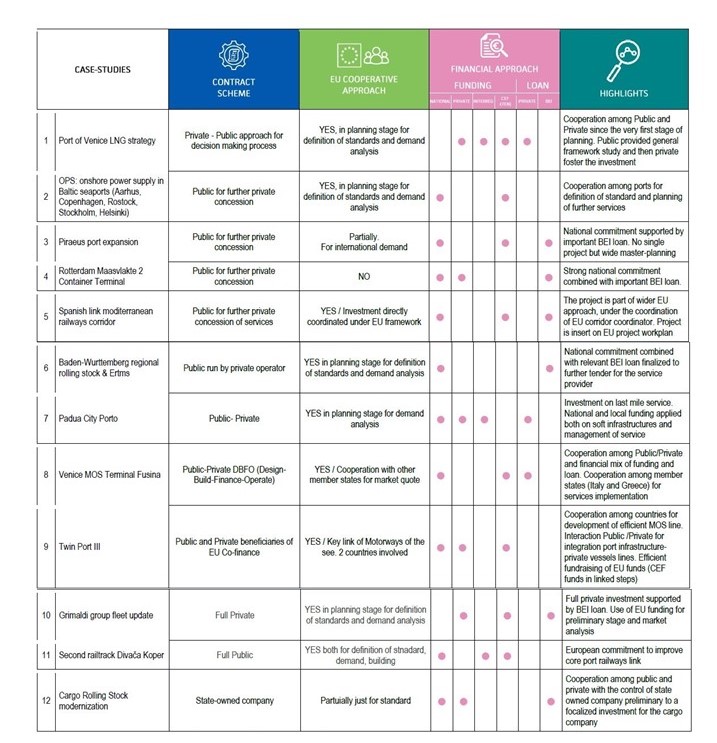Journal of Open ENLoCC, the European Network of Logistics Competence Centers
Issue 2020-1, Article 06
Inter-Green – Nodes describes a cross border research project which is funded by Interreg Central Europe 2014 – 2020. The consortium consists of 13 PPs from Germany, Italy, Hungary and Slovenia. The focus of the cooperation is to exploit the development potential of the Southern Scandria Corridor on a political, spatial and technical level in order to increase the efficiency of sustainability of transport systems. Inter-Green Nodes aims at developing green, intermodal, last mile freight transport in urban areas. The project will demonstrate highly innovative solutions in a practical and tangible ways and disseminate them through the Central Europe Program Region.
Unioncamere del Veneto – Work Package leader of WPT1 – Fostering impact by policy involvement – implemented the deliverable D.1.1.3 that is aimed at mapping the relevant EU and international best practices related to innovative funding or institutional solutions for effective promotion of sustainable freight transports and last mile in Central Europe.
The study intends to inform Inter-Green Nodes project activities on the alternative institutional and funding schemes that can be implemented for increasing multimodal environmentally and friendly freight solutions. Within WPT1, the study supports the outline of the guidelines on developing green, intermodal, last mile freight transport. The output related to the identification of best practices will also sustain the outline of regional actions within a stakeholder engagement framework. The identification of the best practices considered two perspectives of funding and stakeholder engagement to promote innovative last mile projects.
Following the best practices gathered from the partners, a desk analysis has been carried out to identify the list of best practices. The analysis has been implemented by considering four specific criteria of innovative solutions:
- Funding mix
- Innovative decision-making process
- Innovative /effective public partnerships
- Public-Private schemes
For each best practice three main information are provided:
- Contract scheme
- Funding
- Project Description
A comprehensive table to compare the case studies has been included at the end of this report to analyze the characteristics of the practices and compare them, consistently with the aim of this deliverable:

